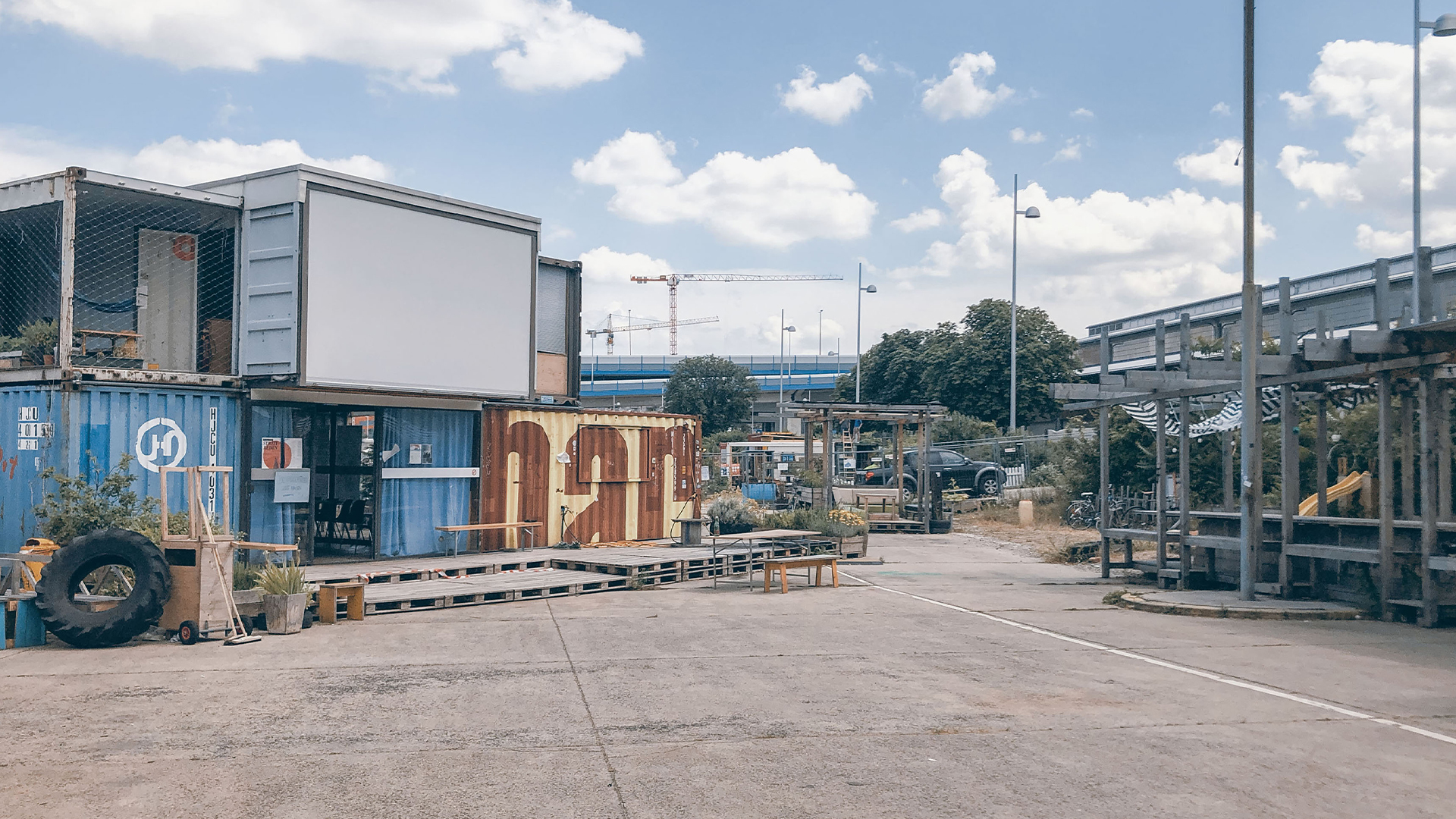04/2022
Architecture studies at the intersection between university and the public using the example of “Mobiles Stadtlabor”
Why is the intersection between university and the public relevant? Why is it of increasing importance, especially in architectural studies? How does the intersection look like spatially and programmatically? Which spatial qualities are required and crucial for learning from and with one another? Which forms of teaching and learning are used here and thus allow learning from and with one another?
Emine Balci
Diploma in Architecture
E264-1 Zeichnen und Visuelle Sprachen
Supervisor: Karin Harather
Architecture is the expression of a society in which various issues relating to cultural and social circumstances are taken into account. The constant change in society and the demands on architecture lead to increasing complexity and unpredictability. The study aims to provide students with a comprehensive understanding of the subject areas of architecture and subject-specific skills and abilities. The multiple challenges are also reflect in university teaching and the way in which knowledge is transferred and acquired. Therefore, space for change and adjustments is necessary. Innovative teaching and learning methods in experimental, informal settings can be that important catalyst.
The aim of this work is to examine these experimental teaching and learning methods in the context of the “Mobiles Stadtlabor” space and to shed light on the intersection between the university and the public in order to address their relevance for architectural education. For this purpose, processes and programming are identified which provide an alternative approach to teaching and learning so their potential can be shown. The “Mobiles Stadtlabor” as a result of a design-build project at the Vienna University of Technology was planned in 2012 and built the next year. It operated at its first location Karlsplatz (Vienna), until it was deconstructed and rebuilt at the Neu Marx (Vienna) location in 2015. Here it was continuously changed and expanded. In mid-2020 it was moved to its final location in Sonnenpark (St. Pölten), where it is has been in operation ever since. The three locations are analysed individually in this work according to different aspects and compared to each other in detail. Lastly, options for actions will be proposed, which are derived from the results and personal experiences of participation in courses in OPENmarx. The proposal can contribute to the innovative further development of architectural teaching at the intersection between university and the public.
Architecture is the expression of a society in which various issues relating to cultural and social circumstances are taken into account. The constant change in society and the demands on architecture lead to increasing complexity and unpredictability. The study aims to provide students with a comprehensive understanding of the subject areas of architecture and subject-specific skills and abilities. The multiple challenges are also reflect in university teaching and the way in which knowledge is transferred and acquired. Therefore, space for change and adjustments is necessary. Innovative teaching and learning methods in experimental, informal settings can be that important catalyst.
The aim of this work is to examine these experimental teaching and learning methods in the context of the “Mobiles Stadtlabor” space and to shed light on the intersection between the university and the public in order to address their relevance for architectural education. For this purpose, processes and programming are identified which provide an alternative approach to teaching and learning so their potential can be shown. The “Mobiles Stadtlabor” as a result of a design-build project at the Vienna University of Technology was planned in 2012 and built the next year. It operated at its first location Karlsplatz (Vienna), until it was deconstructed and rebuilt at the Neu Marx (Vienna) location in 2015. Here it was continuously changed and expanded. In mid-2020 it was moved to its final location in Sonnenpark (St. Pölten), where it is has been in operation ever since. The three locations are analysed individually in this work according to different aspects and compared to each other in detail. Lastly, options for actions will be proposed, which are derived from the results and personal experiences of participation in courses in OPENmarx. The proposal can contribute to the innovative further development of architectural teaching at the intersection between university and the public.
Diploma in Architecture
E264-1 Zeichnen und Visuelle Sprachen
Supervisor: Karin Harather
